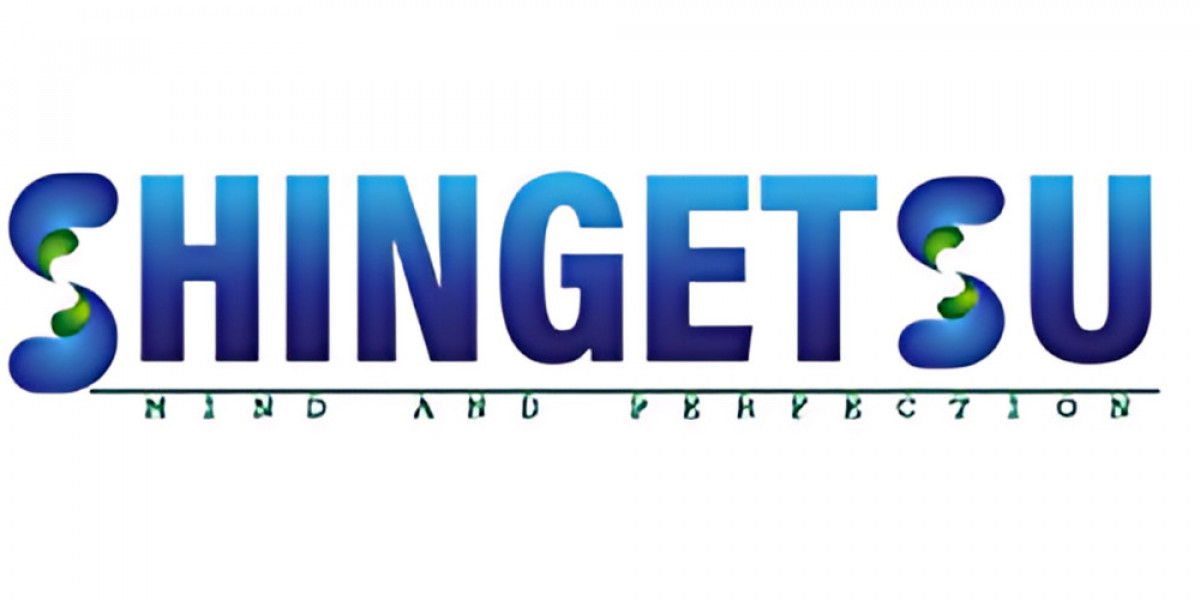Why is the Global Vaccines Market Growing So Fast?
The global vaccines market has been expanding rapidly in recent years. With advancements in medical technology, increased government support, and a rising focus on immunization, the industry is expected to reach USD 127.2 billion by 2030, growing at a compound annual growth rate (CAGR) of 6.7%. But why is this growth happening now? What factors are driving such an increase in demand for vaccines? In this blog post, we explore the reasons behind the vaccines market boom and how it is reshaping global healthcare.
The Increasing Prevalence of Infectious Diseases
One of the primary drivers of the global vaccines market is the increasing prevalence of infectious diseases. These diseases, caused by viruses, bacteria, and other pathogens, continue to challenge public health systems worldwide. The World Health Organization (WHO) reports that infectious diseases, such as HIV, tuberculosis (TB), malaria, hepatitis B, and neglected tropical diseases (NTDs), have a significant impact, especially in low-income countries.
As a result, the demand for vaccines has surged as an effective method of preventing these diseases. By vaccinating populations, many countries can reduce the burden of these illnesses. For instance, vaccination programs for diseases like polio, influenza, and pneumonia have proven effective in lowering disease rates and saving lives. This growing demand for vaccines is helping fuel the market's expansion.
Government Support and Investment
Another major factor driving the vaccines market is the increasing government support for vaccine development. Governments worldwide have recognized the importance of immunization programs in preventing diseases and ensuring public health. As part of the Global Vaccine Action Plan (GVAP), WHO has outlined strategic goals to enhance vaccine development and ensure quality vaccines reach populations in need.
Additionally, many governments are actively investing in the development of new vaccines. The COVID-19 pandemic, for example, led to unprecedented investment in vaccine research and development. Governments, in partnership with pharmaceutical companies, allocated significant resources to ensure the rapid development and distribution of vaccines. This support not only boosts vaccine production but also accelerates the introduction of new vaccines for emerging diseases.
Growing Focus on Immunization Programs
Immunization has become a focal point in global public health strategies. With rising awareness about the benefits of vaccination, immunization programs have gained widespread support in many countries. Vaccination is seen as one of the most cost-effective and preventive measures against infectious diseases.
The WHO’s efforts to increase immunization coverage, particularly among children, have significantly impacted the vaccines market. The availability of vaccines for diseases like measles, polio, and tuberculosis has saved millions of lives. Furthermore, initiatives in countries like India and China have helped to improve public awareness and access to vaccines, further driving market growth.
Technological Advancements in Vaccine Development
Technology plays a crucial role in the vaccines market, driving innovation and efficiency. New vaccine technologies, such as conjugate vaccines, inactivated and subunit vaccines, recombinant vaccines, and toxoid vaccines, are improving the effectiveness of immunization. Conjugate vaccines, for example, have become a popular method for preventing diseases like pneumococcal infections.
Advances in vaccine manufacturing and storage technologies also contribute to the market's growth. Improved production techniques help reduce the cost of vaccine development and distribution, making them more accessible to low- and middle-income countries. The rise of mRNA vaccine technology, which played a pivotal role in the rapid development of COVID-19 vaccines, is another example of how technological innovation is reshaping the vaccines market.
Increasing Vaccine Awareness and Education
As vaccine awareness grows, so does demand. Many countries are seeing higher immunization rates as healthcare systems work to educate populations on the importance of vaccination. Public awareness campaigns, led by both governmental and non-governmental organizations, are helping to reduce vaccine hesitancy.
Increased access to information through digital media has allowed for widespread education about vaccines' safety and effectiveness. As more people understand the importance of immunization, they are more likely to participate in vaccination programs. This cultural shift towards preventive healthcare is driving vaccine adoption rates, further fueling the growth of the global vaccines market.
Vaccine Market Segmentation
The vaccines market is highly diverse, with several segments based on vaccine type, disease indication, and technology. Understanding these segments is essential for grasping the full picture of the market's growth.
1. Monovalent vs. Multivalent Vaccines
Vaccines are classified into two main categories: monovalent and multivalent. Monovalent vaccines target a single strain or pathogen, while multivalent vaccines are designed to protect against multiple strains or diseases. Monovalent vaccines currently account for the largest share of the market, as they are commonly used for vaccines like the DTP (diphtheria, tetanus, and pertussis) vaccine. However, multivalent vaccines are gaining traction due to their convenience and cost-effectiveness, especially in childhood vaccination programs.
2. Technology in Vaccine Development
Technology is transforming the way vaccines are developed and manufactured. Conjugate vaccines, inactivated vaccines, and recombinant vaccines are all gaining popularity. For example, conjugate vaccines, which combine a bacterial polysaccharide with a protein, are effective in preventing diseases like pneumonia and meningitis. As governments and companies continue to invest in these technologies, they are expected to dominate the vaccines market by 2030.
3. Disease-Specific Vaccines
Vaccines are designed to combat a variety of diseases, including pneumonia, DTP, influenza, HPV, and hepatitis. Among these, the HPV vaccine is expected to generate the highest revenue due to its role in preventing cervical cancer. Additionally, the pneumococcal disease vaccine is also gaining importance due to the increasing incidence of pneumonia worldwide.
4. Route of Administration
Vaccines can be administered through various routes, with intramuscular and subcutaneous injections being the most common. Oral vaccines are also gaining traction due to their ease of administration, especially in developing countries where needle-based vaccines may face logistical challenges.
Future Outlook for the Vaccines Market
The future of the vaccines market looks promising, with continued growth expected in the coming years. The increasing prevalence of infectious diseases, technological innovations, and government investments will all contribute to the expansion of the market. Moreover, the growing awareness of vaccination benefits and the continued push for immunization programs will ensure that vaccines remain a crucial component of global healthcare.
As new vaccines are developed to combat emerging diseases and existing vaccine coverage improves, the vaccines market will continue to play an essential role in improving public health worldwide.
For more detailed information on market trends and forecasts, visit the Vaccines Market page.










